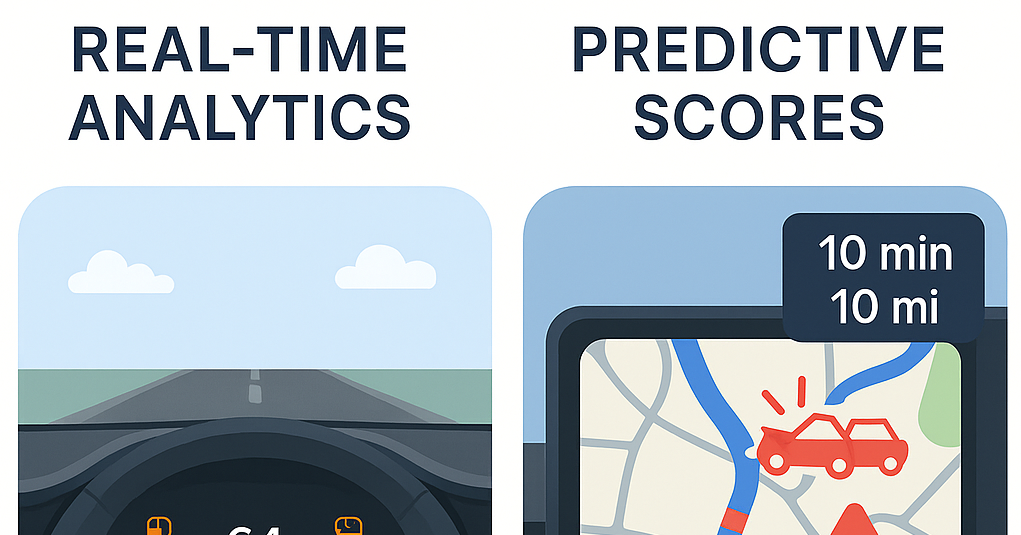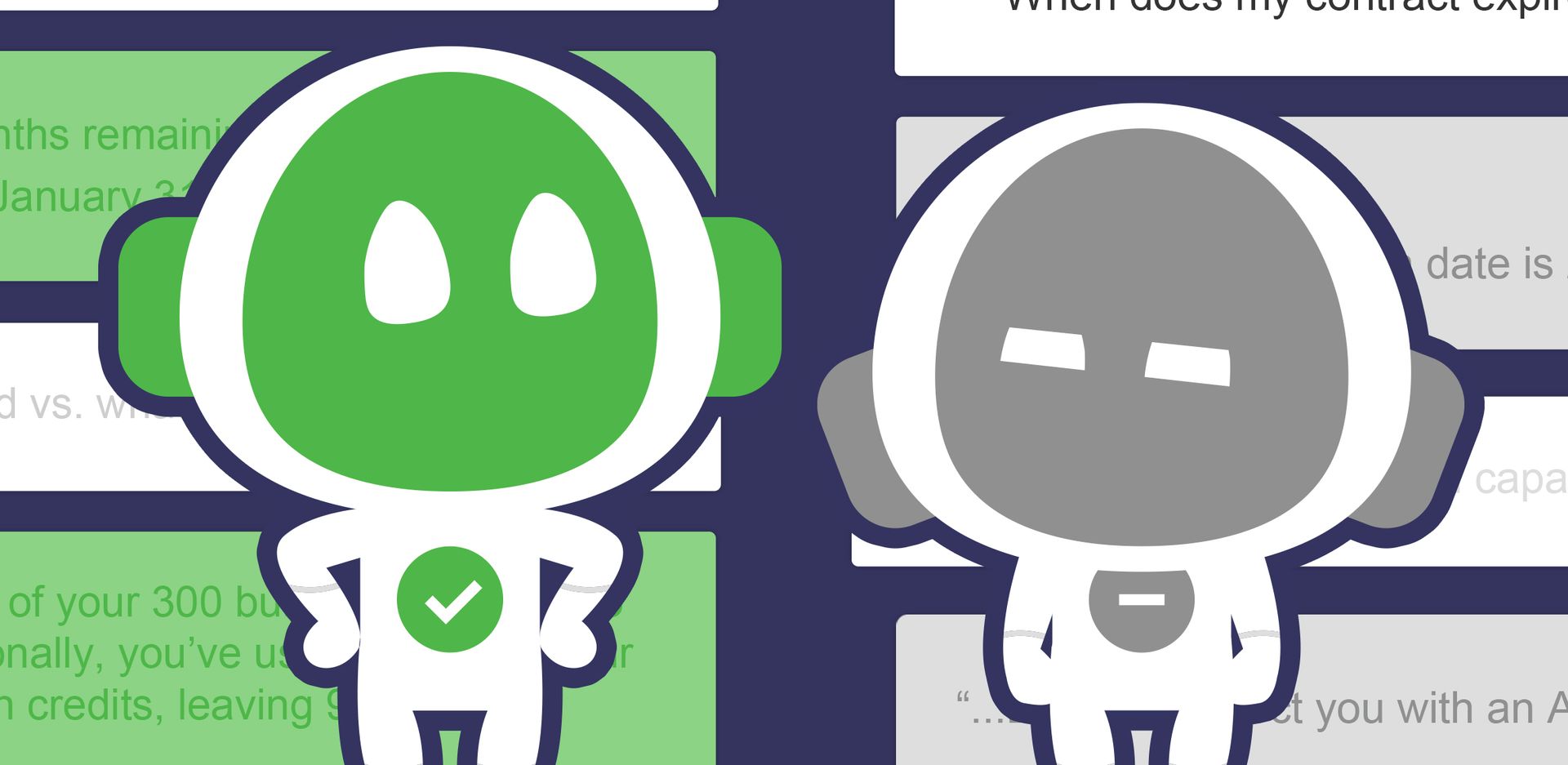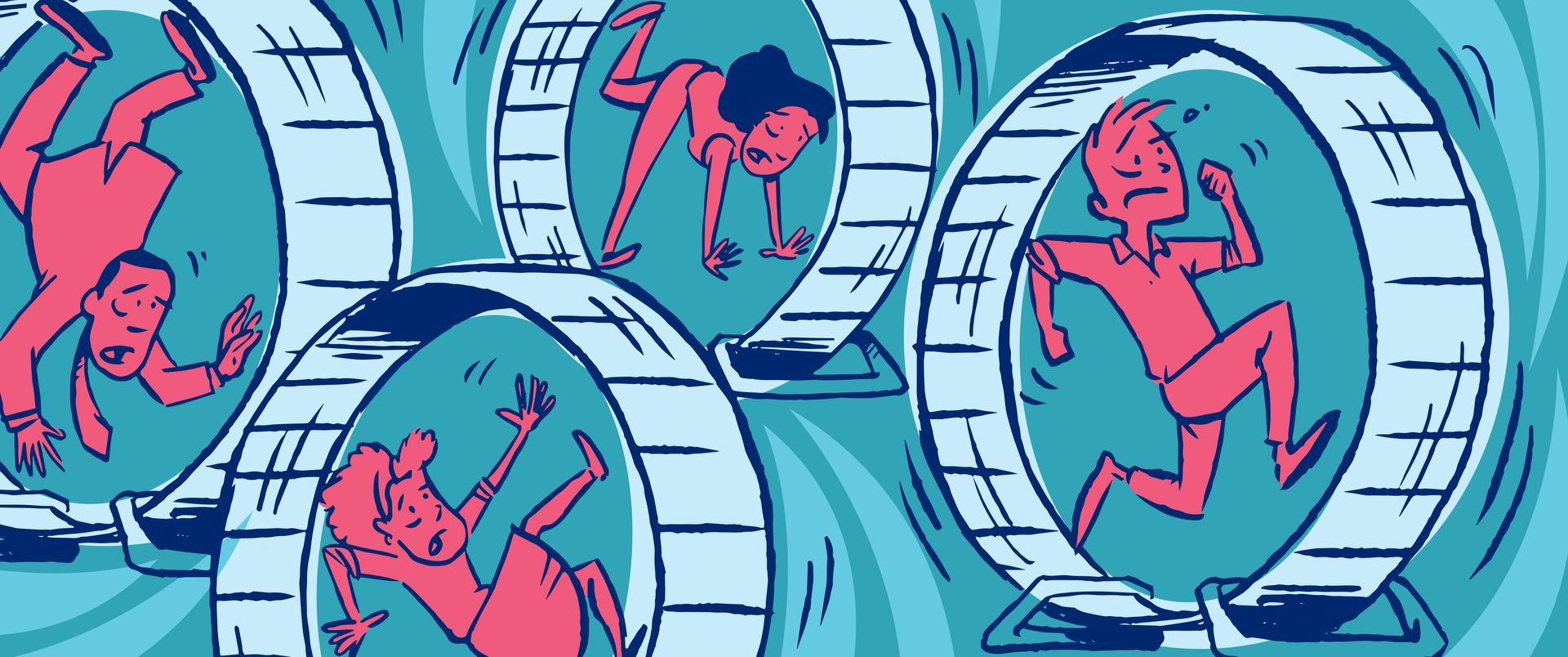.
NEW! 5 min DEMO VIDEO See Reef.ai in action->

Reef AI is building the NRR Intelligence Graph, a data foundation for churn and growth prediction that fuels better human decision making, digital experiences, and NRR agents. Founded in 2021 and headquartered in Honolulu, Hawaii, Reef AI combines data science expertise with net revenue retention (NRR) domain knowledge, making it the ideal partner for high-growth SaaS companies looking to improve retention and growth outcomes.












